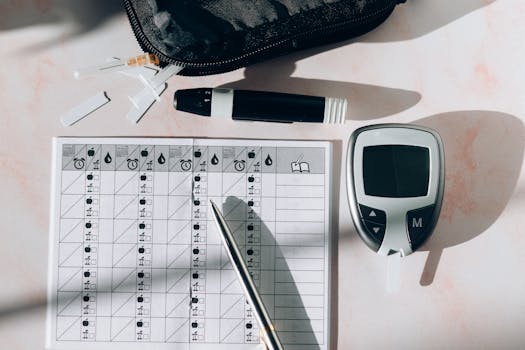
**
High streets across the UK are facing unprecedented challenges. Empty shopfronts, dwindling footfall, and a sense of decline are commonplace. But what if the solution to revitalizing these vital community hubs lies in something unexpected: healthcare? Increasing access to a wider range of healthcare services on the high street isn't just beneficial for patients; it's a powerful catalyst for economic regeneration and community wellbeing. This article explores how integrating more healthcare options into our high streets can create a healthier environment for both businesses and residents.
The Decline of the High Street: A Crisis of Access and Opportunity
For decades, the high street served as the heart of local communities, a place for social interaction, commerce, and essential services. However, the rise of online shopping, shifting consumer habits, and economic downturns have dealt a significant blow. The result is a landscape littered with vacant properties and a diminished sense of community spirit. This crisis impacts not only businesses but also access to essential services, including healthcare. Many find themselves facing longer travel times to access GP surgeries, pharmacies, and other vital healthcare providers, particularly the elderly and those with limited mobility. This lack of accessible healthcare contributes to poorer health outcomes and further exacerbates the decline of the high street.
High Street Healthcare: A Win-Win Situation
The integration of healthcare services into high street settings offers a multifaceted solution. By filling vacant retail spaces with clinics, pharmacies offering extended services, and even mental health support hubs, we can address several crucial issues simultaneously:
Improved Access to Healthcare:
- Increased convenience: Local access reduces travel time and cost, improving adherence to treatment plans and preventative care. This is particularly crucial for the elderly and those with disabilities, reducing healthcare inequalities.
- Enhanced accessibility: High-street locations are more easily accessible by public transport and are often located near bus stops and train stations, making healthcare services more inclusive. This helps address the accessibility issues faced by many communities.
- Wider range of services: The high street can accommodate a variety of healthcare providers, from GP surgeries and dental practices to physiotherapy clinics, blood testing services, and mental health support groups, offering a one-stop shop for holistic healthcare.
Economic Regeneration of the High Street:
- Reduced vacancy rates: Converting empty shop units into healthcare facilities creates jobs and brings footfall back to the high street, benefiting existing businesses. The increased presence of people in the area supports local cafes, restaurants, and other businesses.
- Increased property value: The presence of healthcare facilities often increases the value of surrounding properties, attracting investment and further contributing to the regeneration of the area.
- Stimulation of local economy: The creation of new healthcare jobs provides employment opportunities and increases consumer spending within the local community.
Strengthening Community Bonds:
- Enhanced social interaction: Healthcare facilities, particularly those offering community-based services, can become focal points for social interaction, fostering a stronger sense of community and social cohesion.
- Improved mental health support: Easy access to mental health services can significantly improve the wellbeing of residents, creating a more supportive and resilient community.
- Improved preventative care: Increased access to healthcare encourages preventative care, leading to better overall health outcomes and reducing the burden on the NHS.
Examples of Successful High Street Healthcare Initiatives
Several UK towns and cities are already leading the way in integrating healthcare into high street settings. For example, initiatives are underway in many areas to convert empty shops into:
- Satellite GP surgeries: Offering extended hours and improved access to primary care.
- Community pharmacies with enhanced services: Providing medication reviews, health checks, and minor ailment consultations.
- Mental health support hubs: Offering counselling, group therapy, and peer support.
- Physiotherapy and rehabilitation clinics: Providing accessible treatment for musculoskeletal conditions.
These initiatives demonstrate the potential for transforming high streets and simultaneously improving access to healthcare.
Challenges and Opportunities:
While the benefits are clear, challenges remain. These include securing adequate funding, navigating planning regulations, and ensuring sufficient staffing levels. Collaboration between local councils, healthcare providers, and local businesses is crucial to overcome these hurdles.
The Future of High Street Healthcare:
The integration of healthcare services into high streets presents a significant opportunity to address both the decline of our high streets and the challenges facing the NHS. By creating vibrant, healthy, and accessible communities, we can foster a renewed sense of purpose and vitality in our towns and cities. This requires a concerted effort from policymakers, healthcare professionals, and the communities themselves. The time is right to embrace this innovative approach, transforming our high streets into thriving hubs of commerce and wellbeing. This approach requires careful planning, strategic partnerships, and a commitment to creating a more sustainable and equitable healthcare system. The future of our high streets might just depend on it.




















